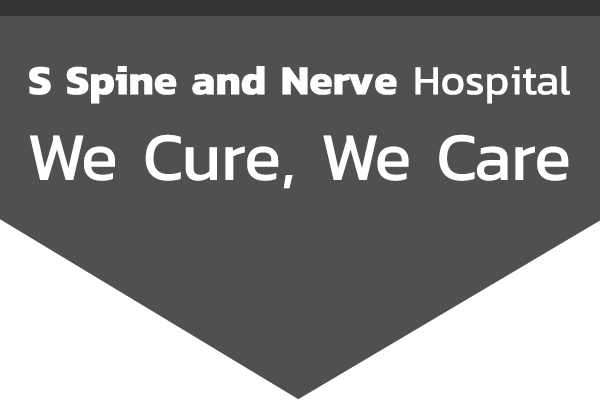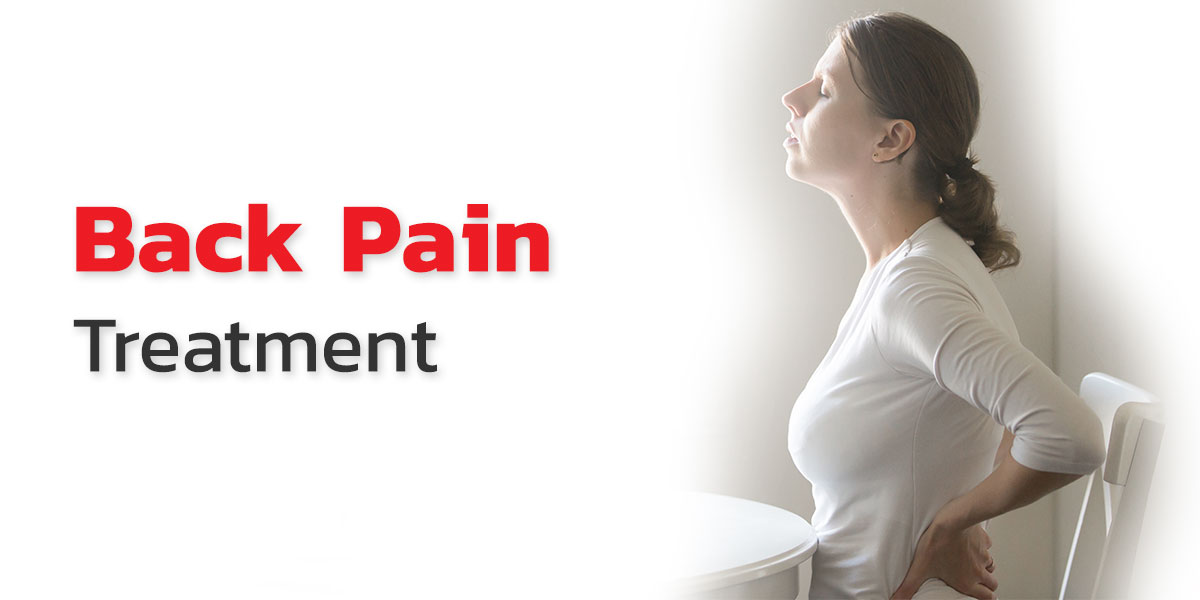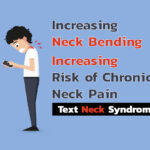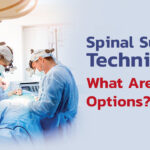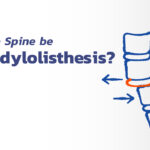Obesity May Lead to Chronic Back Pain

Obesity can lead to various illnesses, some of which we might not even think is related, such as damage to the circulatory system with increasing risks of myocardial infarction, stroke which can lead to paralysis and weakness of the arms and legs, diabetes, high blood pressure at 2-10 times more than those who are not obese, and high cholesterol.
Obesity can even cause back pain because the body needs to carry more weight which can lead to a higher risk of degenerative disc disease.
Degenerative disc disease or herniated disc is the most common causes of chronic neck and back pain. Changes to the spinal discs can be caused by aging, injury to the spinal disc, obesity, as well as other factors combined.
“One important cause of this disease these days is how office workers have to sit in front of their computers for a long period of time, as well as the lifting of heavy objects, incorrect postures while walking, standing, or sitting, sports injury or incorrect posture while playing sports, or even the lack of exercise. These behaviors have increased the number of those suffering from chronic neck and back pain, which spreads to the lower back and leg, to people of every occupation and age.”
Nowadays, advance technology and new innovations such as laser technology allow us to treat chronic neck and back pain without having to resort to surgery. A procedure which is safe for the patient, ensures fast recovery, and carries minimal pain is the “Minimally Invasive Spine Surgery” which is spinal surgery using an endoscope/microscope.

Dr. Dittapol Boonampol, specialist of the spine and nervous system, recommends this procedure for obese people and for those suffering from chronic back pain. Laser technology allows for a small incision which helps obese people as traditional surgery would require a large incision to reach the area of pain due to the fact that they have more fat. Large incisions would also mean more time needed for recovery.
This latest technology will help obese people as well as the elderly lessen their recovery time which would cut down on associated risks and increase safety for the patient. Patients who have undergone the procedure will have their chronic pain treated and can resume their daily living.
Benefits of laser treatment
- 1. 2-3 centimeter incision
- 2. Patient recovers faster and feels less pain
- 3. Lower risk as the use of the endoscope will allow the physician to see more details than viewing with the naked eye
- 4. Less impact on surrounding tissue than traditional surgery
Recovery process after treatment
Post treatment, the obese patients will feel that their pain has alleviated but they need to recover according to their physician’s advice. They might also need to meet with a physical therapist who will teach them how to take better care of their health including exercises to strengthen their backs and back muscles, losing weight, adjusting everyday postures, and adjusting eating habits for a better health. Bear in mind that obesity is a contributing factor to degenerative disc disease.


